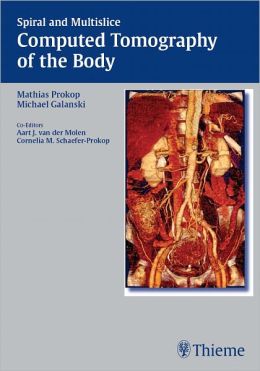-69%
Patient Assessment: The Essential Steps in Paramedicine
Paramedic Care: Principles & Practice, Fourth Edition serves as a comprehensive resource for paramedics, providing foundational knowledge and guidance. In line with the latest trends and practices, the seven volumes adhere to the National EMS Education Standards and Paramedic Instructional Guidelines.
Volume 3, Patient Assessment, delves into the intricate world of assessing patients. This vital process underlies effective patient management and informed decision-making. To reflect evolving terminology, the text employs current terms for assessment steps, replacing outdated ones.
Step 1: Primary Assessment (formerly Initial Assessment)
This initial step focuses on assessing and managing life-threatening conditions. It prioritizes ensuring a patent airway, effective breathing, and adequate circulation. Paramedics rapidly evaluate the patient’s responsiveness, breathing pattern, pulse, and skin condition. Any life-threatening abnormalities prompt immediate intervention and advanced life support measures, such as CPR or intubation.
Step 2: Secondary Assessment (formerly Focused History and Physical Exam)
After stabilizing the patient’s vital functions, the secondary assessment involves gathering a detailed patient history and conducting a physical examination. Paramedics ascertain essential information about the patient’s symptoms, medical history, medications, and allergies. This comprehensive data aids in forming a differential diagnosis and guiding further treatment decisions.
Key Elements of Secondary Assessment:
- Scene Assessment: Paramedics evaluate the surroundings, including the mechanism of injury or illness, environmental factors, and potential hazards.
- Patient Interview: Communication is crucial. Paramedics actively listen to the patient’s account of symptoms, onset, and any relevant medical history.
- Physical Examination: A thorough physical examination assesses vital signs, body systems, and potential injuries. Paramedics palpate for pulses, listen to breath sounds, and examine pupillary reflexes.
Value of Patient Assessment
Patient assessment is paramount to effective paramedicine practice. It allows paramedics to:
- Determine the severity and urgency of the patient’s condition
- Identify life-threatening emergencies and prioritize treatment
- Rule out less likely diagnoses based on patient history and physical findings
- Develop an appropriate treatment plan and transport destination
- Document the patient’s condition and interventions accurately
By understanding and adhering to these assessment steps, paramedics can provide high-quality care to patients in a time-sensitive and efficient manner.
maybe you like these too:
- Fundamentals of Paramedic Practice: A Systems Approach, 2nd Edition (Original PDF from Publisher)
- Ambulance Care Practice (Original PDF from Publisher)
- Patient-Focused Assessment – The Art and Science of Clinical Data Gathering (Original PDF from Publisher)
- EMS Respiratory Emergency Management DeMYSTiFieD (EPUB)










Reviews
Clear filtersThere are no reviews yet.